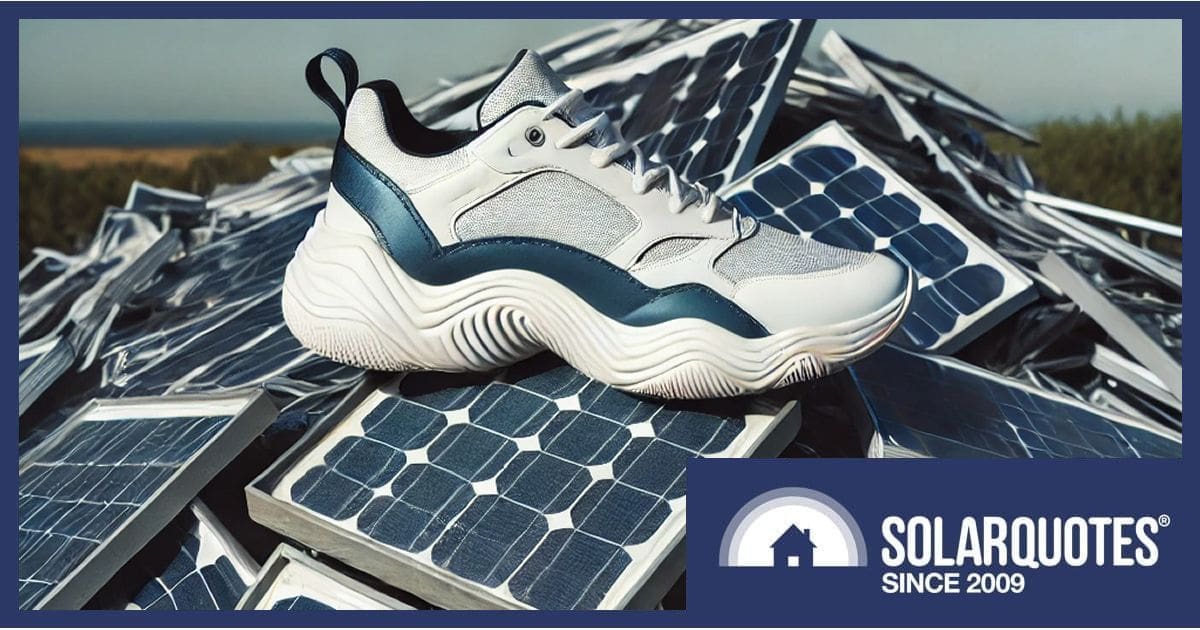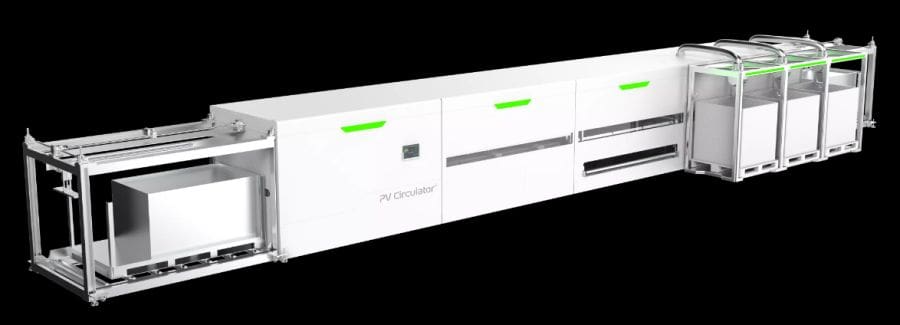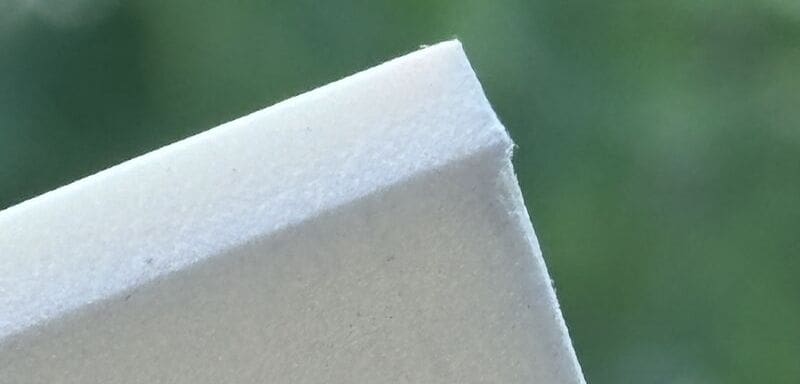
If this PV recycling solution does what it says on the tin, it could be another useful tool for dealing with end-of-life solar panels.
Home solar uptake in Australia has been such that the sight of panels on rooftops hasn’t been a novelty for some years – they are everywhere. Then there’s the many thousands of commercial installations and utility-scale solar farms dotted across the country; some of which have more than a million modules.
Good quality solar panels can be expected to have a service life of decades – but crap modules much shorter. Through age, failures and system upgrades, the cumulative volume of end-of-life solar panels in Australia is expected to reach 280,000 tonnes by next year, 680,000 tonnes by 2030, and 1 million tonnes between 2034 and 2035. Most of this total will be from small-scale solar systems.
The good news is there’s money in reclaimed materials such as aluminium, glass, silicon, silver, and copper; but there are other materials including plastics to consider. Challenges also remain in making recycling and reclamation profitable, while minimising environmental impact. The cost of recycling solar panels currently ranges from $500 to $1,000 per tonne – which works out to around $10 – $20 per panel. Approximately $22 worth of materials can be potentially recovered from a typical 20-kg module on average1.
There are an increasing number of firms working on the issues, and among them is Taiwan’s TSGC Technologies.
The PV Circulator
Using a fully automated “AI-driven” machine called PV Circulator, TSGC says it can recover 100% of materials – importantly, it does this without pollution, chemicals or the use of heat.
The system first measures and identifies the panel, and sets an algorithm for best performance. All materials are then mechanically dismantled sequentially without cross-contamination and the separated materials from each layer are all individually collected and stored.
The PV Circulator measures 14.85 x 2.5 x 3.1 metres and weighs a tad over 4 tonnes. It’s capable of processing one solar panel per minute, with an annual capacity of 10,000 tonnes – but that would require close to 24/7 operation. Based on that claim, we’d need 100 PV Circulators working pretty much around the clock for a year to process Australia’s cumulative waste total in 2035 if it hadn’t been otherwise dealt with.
As for how much energy is required for the process, TSGC says it’s 5 kWh per module; a tiny fraction of what a decent panel would have produced over its service life. TSGC says the PV Circulator makes recycling profitable, but I didn’t find any figures on their site to back this.
OK, But What About The “Solar Panel” Shoes?
Regarding the connection to shoes, the PV Circulator can reclaim ethylene-vinyl acetate (EVA), which is an encapsulant material commonly used in solar panels to seal the cells top and bottom. This prevents air and moisture from degrading the cells, but makes reclaiming some materials more difficult.
EVA is a lightweight and flexible plastic that’s also used for the soles of some running shoes and sneakers due to its shock absorbing attributes. Here’s an example of EVA foam TSGC Technology’s CEO says came from recycled solar panels.
Another particularly problematic plastic bit is the backsheet, which TSGC turns into pellets for use in containers and reinforced cement construction.
Whether PV Circulator will live up to TSGC’s claims remains to be seen, but it’s encouraging to see more companies getting on board with finding solutions to what will be a significant waste issue in the years ahead.
Footnotes
- In March this year the Australian Centre for Advanced Photovoltaics released its scoping study on solar panel end-of-life management in Australia; which is where I sourced some of the waste and financial figures above. The full report and executive summary can be accessed here. ↩



 RSS - Posts
RSS - Posts



Speak Your Mind